The power of play
Discover how academics from across UCL are researching and employing play to improve and transform lives
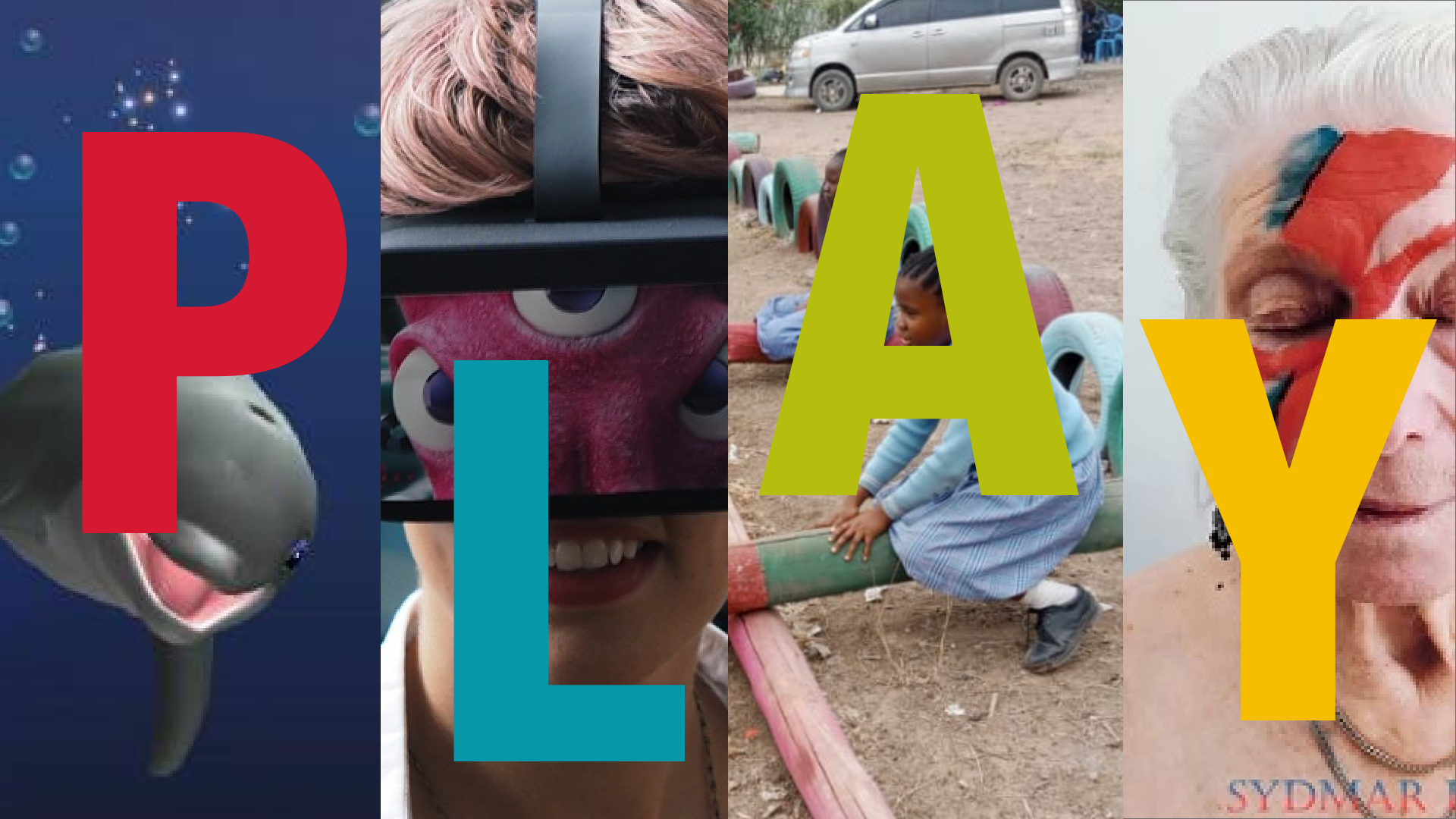

Stroke recovery through play
Professor Nick Ward is exploring how an AI dolphin can aid stroke recovery
Stroke is a major global healthcare problem – more than 100 million people are living with the long-term consequences of this condition. One in four adults will have a stroke at some point in their life and about two-thirds of them are now happening in people under the age of 70 – stroke is no longer a disease of the elderly. Although we have become very good at treating stroke in the first few hours and days, people with stroke get a raw deal when it comes to promoting recovery through rehabilitation training.
When a person has a stroke, a part of their brain dies, usually because it has been starved of oxygen by a blood clot. The consequences of this depend on which part of the brain is affected. Strokes can have an impact on thinking and communication skills, but I am interested in their effect on controlling movements, particularly of the arm and hand.
How do you recover from a stroke? The most fundamental property of the brain is that it can change function in response to its environment – we call this plasticity. Our brains are changing all the time. When you learn something new, that’s brain plasticity. It makes sense, then, that the best way to improve brain function, and therefore behaviour, after a stroke is through training, just as if you were trying to learn a musical instrument or a new language.
At the UK Stroke Forum in December 2022, I was asked, “What is the right dose of upper-limb training for rehabilitation following a stroke?” There is no simple answer to this, except to acknowledge that we are currently not providing patients with enough rehabilitation training. The Royal College of Physicians’ guidelines recommend 45 minutes per day each of physiotherapy, occupational therapy, speech and language therapy and neuropsychological therapy for as long as patients are willing and able to participate, and as long as they are showing measurable benefits. However, too often, they are believed to have hit their recovery plateau when, given the right training, they could improve further.
In my trial at the Queen Square Upper Limb Neurorehabilitation Programme, we are inviting people who may have had their stroke years ago to experience high-dose, high-intensity and high-quality upper-limb training. Funded by the Jon Moulton Charity Trust, the trial includes rehabilitation training from physiotherapists and occupational therapists, or by playing the computer game MindPod Dolphin.
MindPod Dolphin in action
MindPod Dolphin in action
Originally devised by Professor John Krakauer at John Hopkins University in the US, with games developer MindMaze, MindPod Dolphin is a method of non-task-based training that immerses the patient in the aesthetics of movement and the pleasure of moving. The patient stands in front of an 80-inch digital screen fitted with sensors that pick up the movements of their affected arm, which is controlling the motion of a computer-generated dolphin. The game is so beautifully animated that it is like watching a Pixar movie. You almost feel an emotional connection with the dolphin while you move it around the screen, catching fish, avoiding sharks and so on. Patients get so engaged that they will happily play the game for hours at a time.
We underestimate what stroke patients will do to improve their lives. In this trial, patients are supervised playing for five days a week for three weeks. The game encourages good-quality movement that is both engaging and challenging. Those who have tried it so far have enjoyed it and have been able to train for long periods each day, often telling us that they can feel a difference.
The next iteration of these types of games could go further. Through detailed measurements of individual patients’ patterns of movement, we hope that the game will automatically adapt the gaming environment and encourage patients to perform the best-quality movements they can. In many instances, especially if game-based rehabilitation training is being carried out unsupervised at home, patients may adopt compensatory movements. This means trying to play the game by moving the trunk and shoulders rather than the arm and hand movements that they need to practise. Although this automated adaptation of the game sounds far-fetched at the moment, we have just begun a collaboration with researchers at The Bartlett School of Architecture, funded by the National Brain Appeal, which explores the use of whole-body tracking and machine learning.
Nick Ward is Professor of Clinical Neurology and Neurorehabilitation at UCL Queen Square Institute of Neurology and a Consultant Neurologist at the National Hospital for Neurology and Neurosurgery.
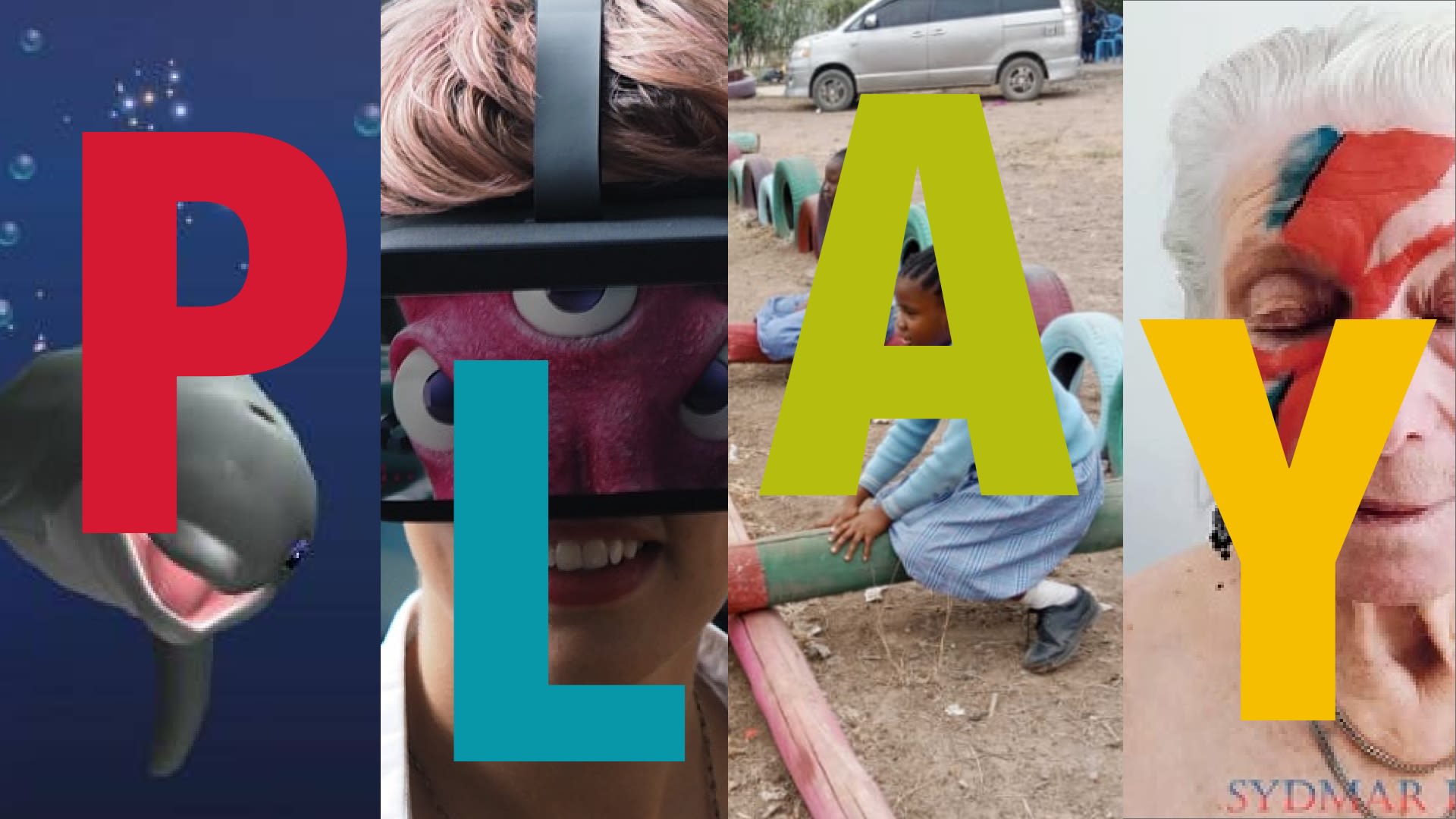
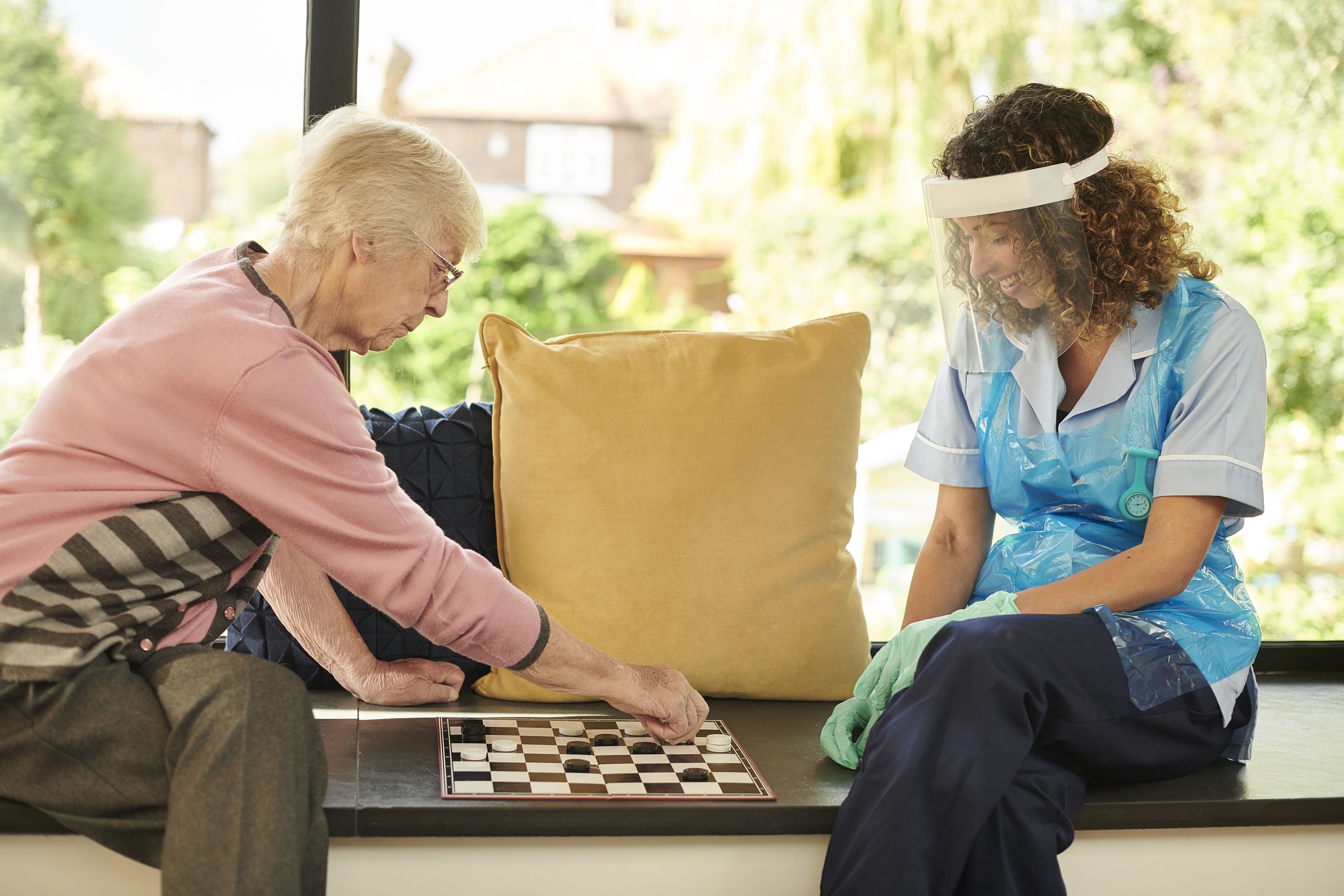
A game of draughts. Image: Getty Images
A game of draughts. Image: Getty Images
Why older people like to play
Dr Carrie Ryan is exploring the benefits of bingo and other games for older people
Studies of ageing have typically focused on the diseases and decline that result from getting older. My Ageing Playfully network hopes to show that ageing is also about fun, enjoyment and playing games.
When you picture a ‘gamer’, you probably don’t think about a sixty-something person. But engaging in play and gaming is essential to the human experience, no matter what your age. Playing games, whether online or offline, is an important part of getting older for many people.
Many scholars of ageing, especially in neuroscience, are interested in games primarily for their health benefits, and research games such as crosswords and Sudoku to explore their potential to slow, halt or reverse cognitive decline. Our network acknowledges that games can have an important effect on health and wellbeing in old age, but it also recognises that older people play games not just to cultivate health, but also to experience social connection, fun, distraction and joy. Our network is asking experts to think about games beyond their use for health ends, to be more open to exploring why it is that older adults play games, and to research fun and joy more seriously.
The Ageing Playfully network is inspired by my research on the importance of bingo in a California retirement community. While many people consider bingo frivolous, boring and unhealthy, older people in the community took bingo very seriously and ritualistically attended the game. They said bingo’s electric, common rhythm helped them both counter the monotony of institutional living and form meaningful relationships with fellow players. Though bingo is commonly denigrated, by taking older people’s love of the game seriously, I learned that bingo provided an outlet for experiences these institutionalised older people craved: stimulation, catharsis and connection.
Our network is also looking at whether online games can help facilitate wellbeing in old age. Our analysis of the English Longitudinal Study of Ageing data found that 27.8% of English older adults in the study play online games; interestingly, 20% of people 80 years and older play online games. Our research found that these gamers were lonelier and less healthy than their counterparts who did not play online games. While this might lead some to think that games make older people lonelier and less healthy, social scientists offer a different view. Anthropologists who study live action games such as Second Life suggest that live-action games do not make older people less healthy, but attract already less healthy, isolated older people because they offer them an accessible way to socialise despite their debility. The network aims to conduct interviews with English older people to see how they understand the relationship between online gaming and their health and wellbeing.
One of our key partners for this project is the National Activity Providers Association (NAPA). NAPA supports UK Activity Providers – carers who try to keep older adults engaged, connected and active in care homes through creative, playful and meaningful activities. While care homes recognise the integral role Activity Providers play in older people’s care, Activity Providers are not required roles in care homes and are overlooked in much ageing policy. NAPA wants policymakers to realise that what Activity Providers do is fundamental to the health and wellbeing of care-home residents. We’re working with them to define and show the benefit of their work.
A more high-tech collaboration is with the start-up ROVR. ROVR is using virtual-reality headsets to break down the four walls of care homes, allowing the residents to experience new environments that they probably couldn’t get to anymore. ROVR’s system also allows them to link up with VR users outside of their care home to go for virtual walks with them. My colleagues and I are looking to make sense of these new virtual, playful modalities in old age and how we can roll them out and measure their impact.
Our project has also collaborated with Hearts and Minds, an organisation that brings therapeutic clowns to clinical contexts to playfully engage patients. We brought an Elderflower – a therapeutic clown who goes into care homes and hospices – to UCL to show anthropology and medical students the impact clowning can have in often rigid, hierarchical and serious institutions. Students enjoyed considering how play might transform the way we provide care, especially for older people.
The UK Care Home Album Covers Project
The UK Care Home Album Covers Project
As well as non-profit organisations, start-ups and corporations who are interested in playful ageing, our project is involving many artists who are looking at changing our depictions and imagery of old age through playful engagement. I am really excited about displaying the UK Care Home Album Covers Project (a lockdown art project that involved dressing up care-home residents to mirror album covers) at the Department of Anthropology, to encourage students to think about ageing in new ways.
Dr Carrie Ryan is a Lecturer (Teaching) in the UCL Department of Anthropology.

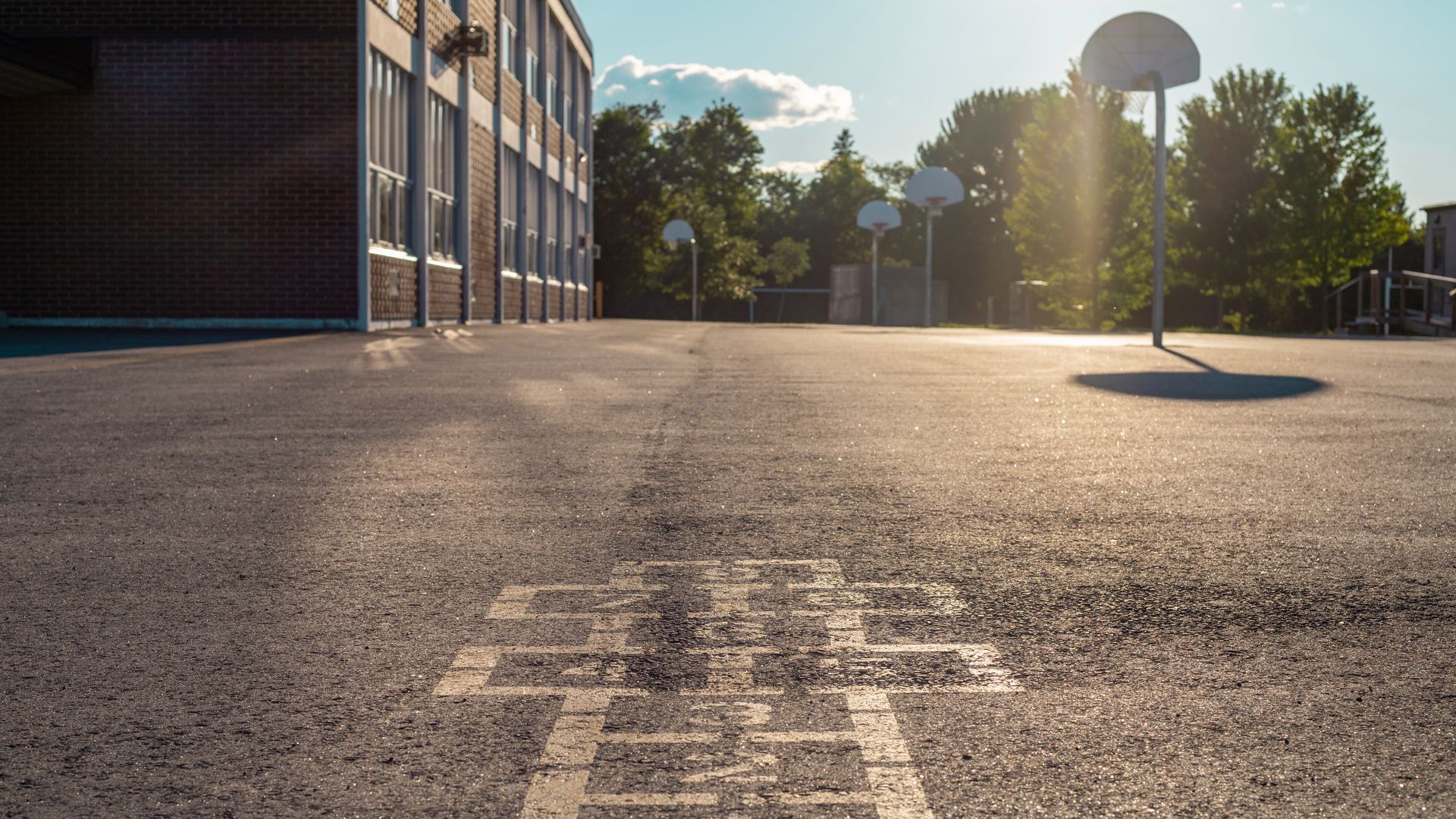
School break times are important as they provide opportunities for children to relax and be with friends. Image: Adobe Stock
School break times are important as they provide opportunities for children to relax and be with friends. Image: Adobe Stock
Protecting school play times
Ed Baines on the value of school break times
Break times are under-studied but fascinating. It is when you see children in their natural habitat, making their own choices, having autonomy in terms of what they want to do and who they want to engage with. From my own experience of observing children in playgrounds, I have seen some of the most wonderful interactions and behaviours, alongside some of the worst.
Break times offer children a taste of their future life of adulthood. In their games, they decide and negotiate the rules, they challenge each other and manage interactions. It is here that they learn a whole host of social and communication skills that will set them up for life.
For more than two decades, research has consistently shown how much children value their break times. They are not simply a chance to play, but also a time to be with friends, to relax and to do the things they want to do. The first nationally representative survey of school break times was conducted by my colleague Professor Peter Blatchford in 1995, and we have since repeated the survey in 2006 and 2017 to assess how things have – or haven’t – changed.
Since Professor Blatchford’s study, break times have continued to be provided across primary and secondary schools in the UK, but our 2017 survey found a steep decline in their duration. The youngest children get about 45 minutes less per week compared to those surveyed in 1995. Secondary-school children have fared even worse, losing on average 65 minutes of breaks per week.
Alongside that, we found a trend that children are socialising in person less with their peers than they did in the 2006 survey. Children are now far less likely to go to each other’s houses after school and many rarely see friends outside of school. It reinforces for us how important break times are for children to get to play, meet with peers, socialise and build relationships.
We want to improve our understanding not just of the amount of break time children are given, but also how they use it, and to find ways that breaks can be improved. With these aims in mind, we are undertaking a UCL seed-funded project to look at what children do during breaks, who they interact with and how they feel about them.
We will examine how all of that connects with being back in the classroom in terms of attention, engagement, behaviour and interactions. We even want to see what happens in the build-up to the break.
Professor Steve Hailes, Head of Department at UCL Computer Science, has developed GPS sensors that will help track where children go, who they meet and the types of things that they do during the school day. As well as using observers on the playground, we are giving the children smart watches that will ask them questions at specific points during both class time and breaks, such as how happy they are, how they feel about what they are doing in a lesson, whether they are enjoying it and whether they are concentrating.
For school leaders, managing break times is a challenge, as they have to balance giving staff and children a break with the need to provide sufficient and good-quality supervision. Lunch breaks are often cited as being too long for children to maintain good behaviour. There is also pressure to free up more time for the curriculum.
By looking more closely at the relationship between break times and the school day, we hope to better quantify the benefits. How do breaks connect with children’s social, emotional and mental functioning within the school setting? What is the impact on learning in class immediately after a break?
Alongside these questions, we are also looking at the social skills that children develop when playing during breaks and how these feed into collaborative learning. How do breaks help children work in groups, engage in discussions and use reasoning? For example, when children are given worksheets or a set of problems to solve in the classroom, how much do they informally help each other and engage in that support because of skills they have developed during playtimes?
Our hope is that our research will help to prompt a rethink of the value of break times and also offer practical recommendations for schools that can ensure these times are positive for everyone.
Dr Ed Baines is Senior Lecturer in Psychology and Education at IOE, UCL’s Faculty of Education and Society.

A new playground for refugees in Kitengala, Kenya
A new playground for refugees in Kitengala, Kenya
Playgrounds for refugees
Marie Williams explains the play emergency facing refugee children and how her research aims to tackle it
Play is fundamental for a child’s physical, social, emotional and mental development; because of this, all children should have the right to play. My research focuses on play relating to refugees in an urban environment, as increasingly, more refugees migrate to urban areas instead of camps, where opportunities, services and freedoms are limited. I have spent time in Kenya and Lebanon looking at how and where refugee children play.
To get a better sense of how children play and what they need from a play space, I actively involve children in the design process. My research is based in Kitengela, Kenya. The refugee children here are mainly from Congo, a country that is not next door to Kenya. These children or their parents have travelled across multiple countries. Some have been born in Kenya, but they do not have the legal rights of a Kenyan person. However, they live among Kenyans who are also in poverty, which is why we are co-designing with everyone as opposed to exclusively refugees. Through spatial mapping, observations, critical interviews and design-thinking tools that allow people to engage in the research process without the need for a common language, we researched, observed and came to understand the play culture. We also looked at what the needs and challenges were in creating a play space all children could access, regardless of their ethnicity or legal status.
Much of my research was done during the pandemic, with a team of local community members whom I trained to become citizen social scientists. They helped to design and facilitate all the co-design workshops, sending me feedback reports and videos where I could see just how much fun the participants were having simply by being involved. They also evaluated the data being collected and suggested how to further democratise the design process. One example of this was responding to the community’s desire to create something out of what had been designed. My research was supposed to be purely academic, but as I am also an engineer, it was only natural that I was happy to create something tangible.
Eventually, we fundraised and built a temporary play space on an empty plot of land that a local community member offered us. Building the space has transformed my research. Where previously I primarily focused on how to democratise the design of play spaces, I can now begin to evaluate how a public play space impacts the lived experiences of the people in that community and how they, as a community, might sustain it.
To design the space, we spent time trying to understand what it means to play in this context. Using simple physical words such as ‘run’, ‘jump’, ‘climb’ and ‘count’ to express the behaviours they wanted to experience, the children developed their ideas with us for playing. As I also run Dream Networks, a social enterprise that co-designs and builds play areas, I had an inkling that the children may want some standard play equipment such as a slide. However, as part of the co-design process, we used local materials to bring their designs to life. Their slide is two small hills made out of gravel and sand, accessed via brightly painted tyres that act as stepping stones, leading to a simple metal slide. Its success, as demonstrated in the video above, is obvious.
Together with local materials, there are pockets of knowledge that you will not get unless you engage with the people who live there. The need for local connections is something I highlighted in my TEDx talk on making play possible for all. The children in Kitengela prefer bare ground to grass, as grass could hide animals that might harm them, especially if it is not maintained. Equally, they do not see fences as barriers to fun but as something they are used to and that offer security. I hope that my research will propose a mechanism to build community resilience and bring all people together through outdoor play. I am also watching to see how the space evolves. Is it maintained? Will the community add to it? Will children continue to use it? And in the meantime, I will be writing up my thesis.
Marie Williams is a PhD student at The Bartlett Institute for Global Prosperity and Chief Executive Officer of Dream Networks.

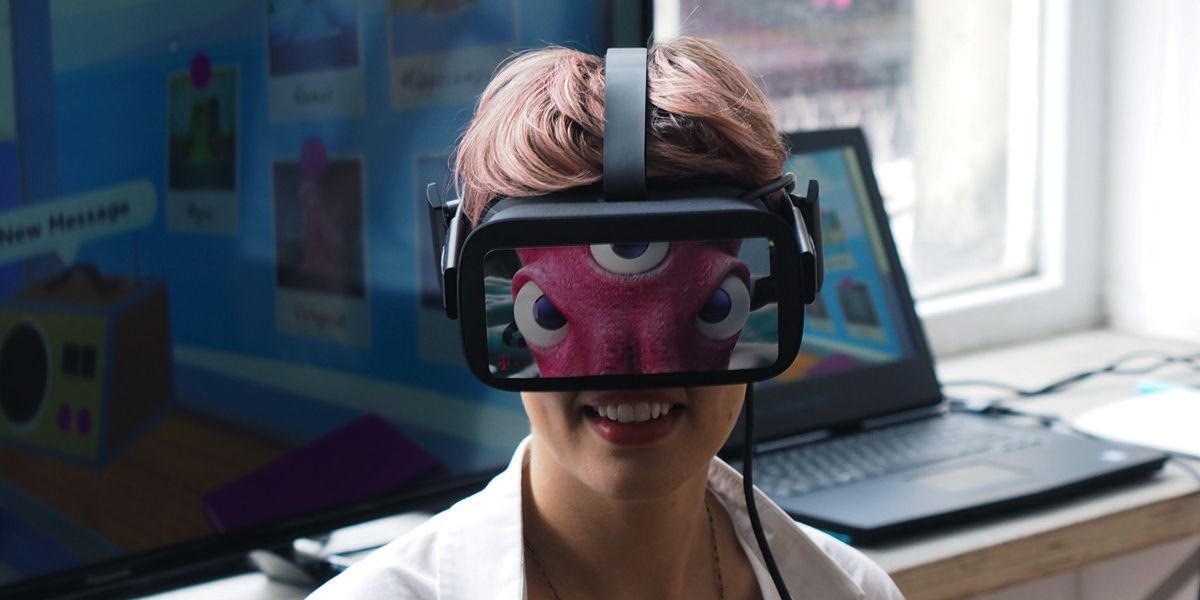
Playing Sea Hero Quest with a VR headset
Playing Sea Hero Quest with a VR headset
Using play to diagnose Alzheimer’s
Professor Hugo Spiers explains how playing a video game is helping to identify and better understand the early symptoms of Alzheimer’s disease
A striking early symptom of Alzheimer’s disease is being lost or disoriented. It’s what may distinguish Alzheimer’s from other dementia conditions. But how do you test someone’s navigational abilities in a medical clinic?
Faced with this quandary, my team started mulling over the use of virtual reality (VR) as a testing tool. This had proved challenging in the past; playing a VR game typically required a keyboard or joystick, and older participants usually lacked experience with these devices.
A second problem is how to test sufficient numbers of people. Most useful tests require thousands of participants to provide standardisation, but testing thousands of older participants is no easy endeavour. So even with touchscreen technology, creating a valid test is not easily achieved.
In 2016, these two challenges were overcome. Thanks to a remarkable collaboration between our research team, dementia expert Professor Michael Hornberger, a video-games company and generous funding from Deutsche Telekom (DT), we were able to create Sea Hero Quest: a touchscreen VR game that tests navigation, which was available for download from Google Play and the App Store.
Seemingly simple, Sea Hero Quest involves navigating a boat around obstacles to find objects – testing that defining feature of Alzheimer’s disease. Aided by a marketing and advertising campaign run by Saatchi & Saatchi, Sea Hero Quest proved a bigger success than any of us scientists could have imagined. Within two days of launching, 100,000 people around the world had played it, and in under two years, we had collected data from more than four million people. The time and resources required to test that many participants in the lab would be inconceivable.
However, the advantages to research of play and gaming are not just about volume. Gaming is also useful in engaging people and getting them to do things in a more naturalistic way, which is extremely helpful for obtaining real data. Players are just getting on with what they are doing and, crucially, they are doing it because they want to.
When running an experiment or a clinical test, we want to understand how someone is really functioning in the outside word. Video games can indicate that. People will also do things in a game that they might not do in a lab environment, which further enriches the diversity in our data.
Gamification can also make testing more accessible. Many tests for Alzheimer’s involve words and assessing the user’s memory of them, but those words do not always translate easily into other languages, or even make sense. How can a test be truly equivalent across countries if it relies on language? A game like Sea Hero Quest reduces this barrier because it is so intuitive, you can reach the test level with virtually no language, making it more useful for truly international studies.
Most recently, we discovered that people who grew up in American cities or other locations that have grid street systems will, on average, navigate worse than people who grew up in the countryside or in a non-gridded city location. That exposure to a grid system in early life is the first real, solid piece of scientific evidence that the environment you grew up in changes and sculpts your cognitive skill.
With more than four million people having now played Sea Hero Quest, it is the biggest testing volume ever achieved by any university. We have shown that the game is better at distinguishing people who are at risk of early Alzheimer’s than the existing gold-standard tests. We are involved in a range of large-scale studies now with the game and its data as a tool, and we are working on a newly updated, immersive virtual-reality version so that we can then do other types of experiments.
Understandably, there is a big drive to gamify experiments, but it is harder than people realise. We need more dialogue between game developers and scientists to gather big data that will uncover crucial evidence about Alzheimer’s disease at its earliest stages. As you read this, there will be more than a billion people showing fascinating behaviour, from a scientific perspective, while playing a video game; a game that is logging all their movements, actions, choices and messages – and none of that data is being properly looked at to help understand humans and advance science.
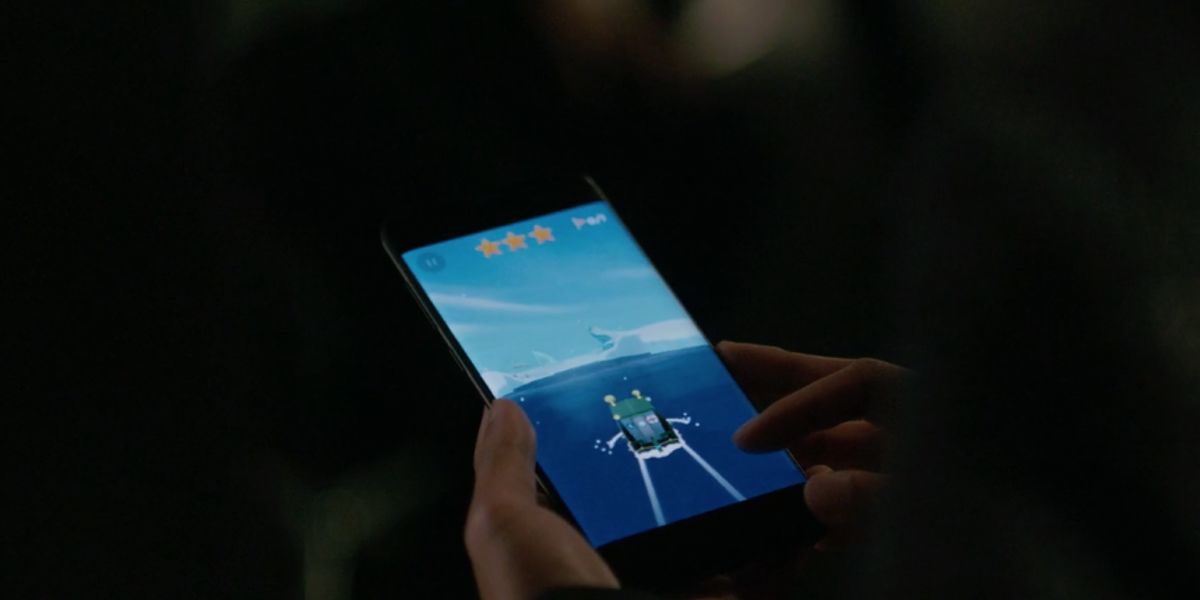
Playing Sea Hero Quest on a smartphone
Playing Sea Hero Quest on a smartphone
To play Sea Hero Quest, first download the game: iOS Google Play
Then request a code to activate the game from seaheroquest@ucl.ac.uk
Hugo Spiers is Professor of Cognitive Neuroscience and Director of the Spatial Cognition Laboratory.
Watch Professor Spiers discuss the use of video games for research.
Game-changer
More than five million people watched YouTube influencer and gamer PewDiePie playing Sea Hero Quest on his channel. It is the power of play and a society engaged in playing games that has meant we now have this huge data sample.
Portico magazine features stories for and from the UCL community. If you have a story to tell or feedback to share, contact advancement@ucl.ac.uk





